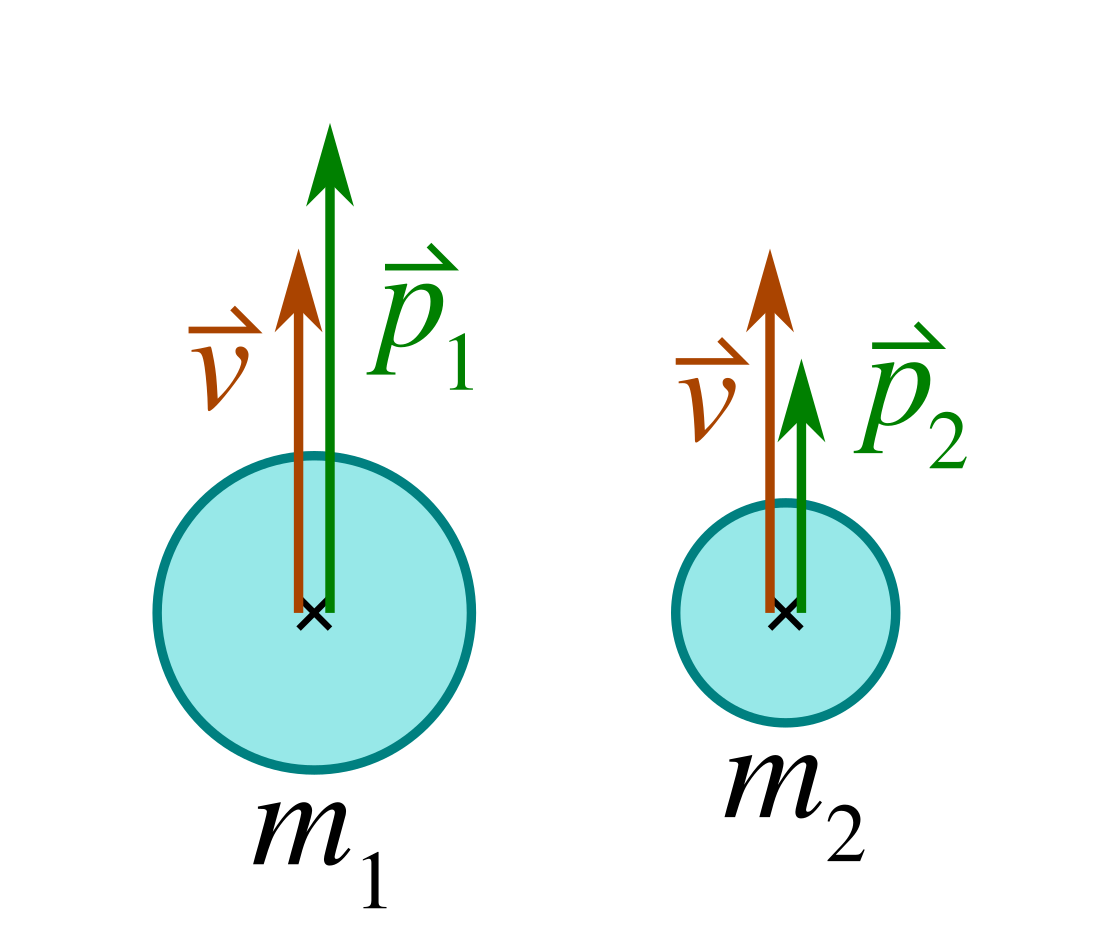Top Qs
Timeline
Chat
Perspective
Newton-second
SI derived unit of impulse From Wikipedia, the free encyclopedia
Remove ads
The newton-second (also newton second; symbol: N⋅s or N s)[1] is the unit of impulse in the International System of Units (SI). It is dimensionally equivalent to the momentum unit kilogram-metre per second (kg⋅m/s). One newton-second corresponds to a one-newton force applied for one second.
It can be used to identify the resultant velocity of a mass if a force accelerates the mass for a specific time interval.
Remove ads
Definition
Momentum is given by the formula:
- is the momentum in newton-seconds (N⋅s) or "kilogram-metres per second" (kg⋅m/s)
- is the mass in kilograms (kg)
- is the velocity in metres per second (m/s)
Remove ads
Examples
Summarize
Perspective
This table gives the magnitudes of some momenta for various masses and speeds.
- Space Shuttle weight here includes the heaviest possible payload (27500 kg), empty external tank (30000 kg), and the shuttle itself (75000 kg) all in a low Earth orbit (8.05 km/s). As the Space Shuttle uses staging, not all launched components reach all the way to orbit (e.g. the boosters). The total impulse gained by all stages together during the launch is 5.7×109 Ns.
Remove ads
See also
- Power factor
- Newton-metre – SI unit of torque
- Orders of magnitude (momentum) – examples of momenta
References
Wikiwand - on
Seamless Wikipedia browsing. On steroids.
Remove ads






